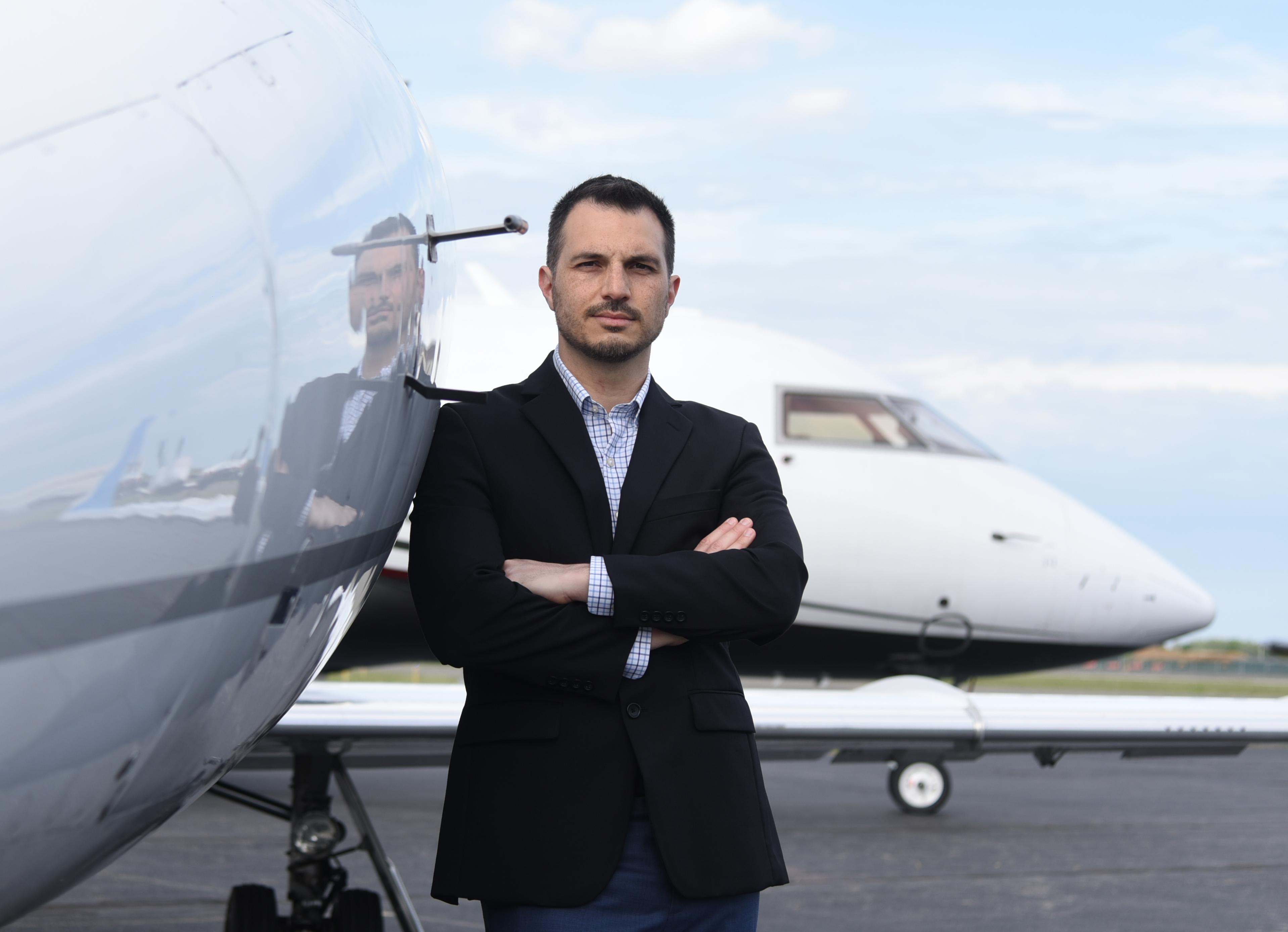
Credit: Ventura Air Services
Private jet charter and management company Ventura Air Services is doubling its fleet during the ongoing pandemic, confident that charter travel will remain popular even as airlines return to normal service. Since October 2020, Farmingdale, New York-based Ventura has added two Bombardier Challenger...
Subscription Required
This content requires a subscription to one of the Aviation Week Intelligence Network (AWIN) bundles.
Schedule a demo today to find out how you can access this content and similar content related to your area of the global aviation industry.
Already an AWIN subscriber? Login
Did you know? Aviation Week has won top honors multiple times in the Jesse H. Neal National Business Journalism Awards, the business-to-business media equivalent of the Pulitzer Prizes.





